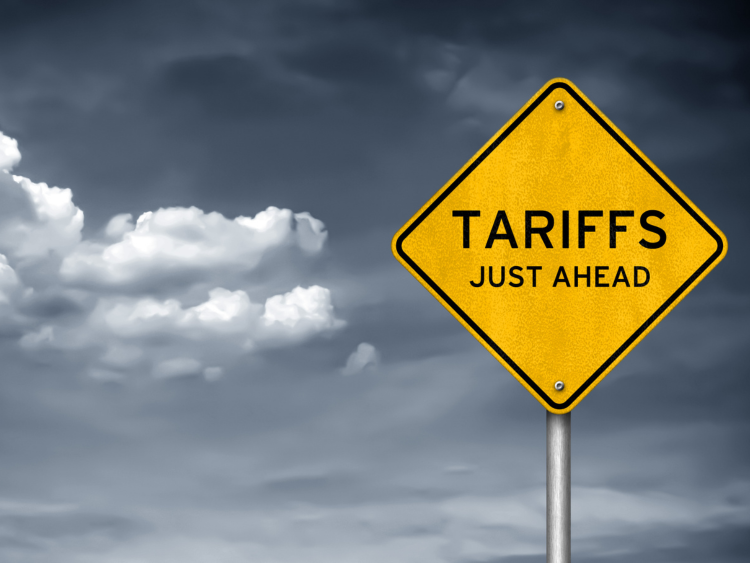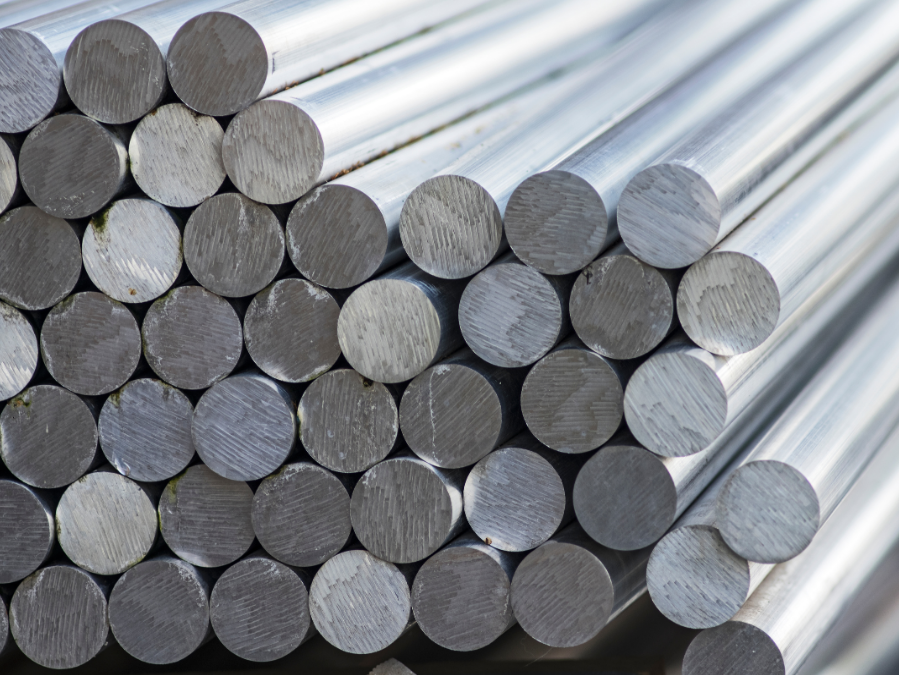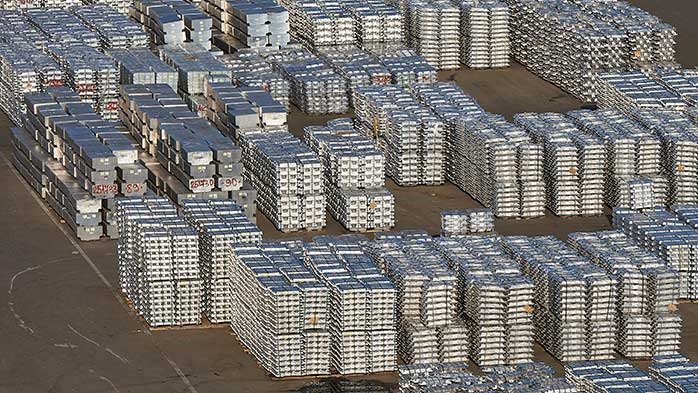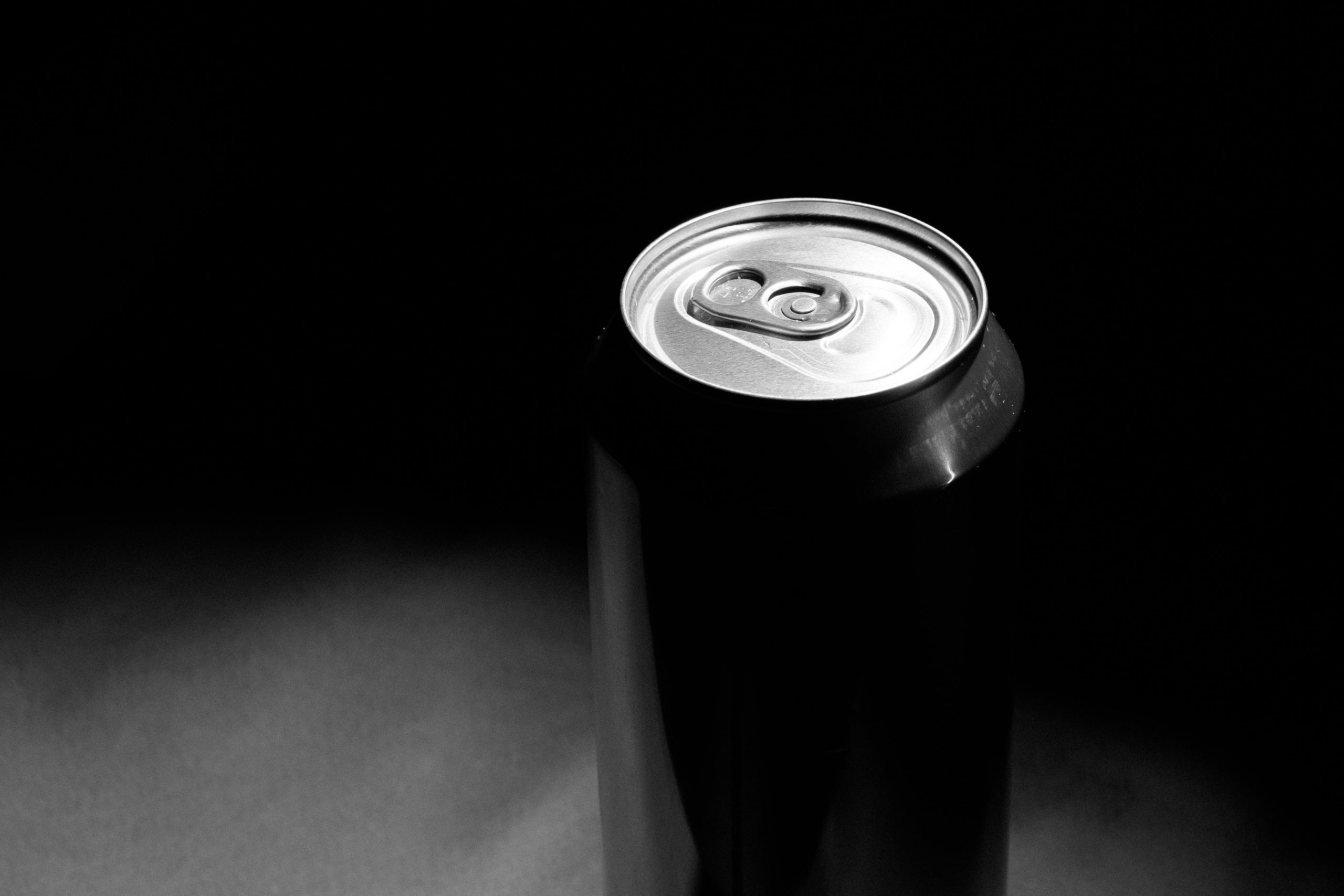Aluminum

CRU aluminum: US announces tariffs, China eyes property recovery
Written by Matthew Abrams
May 17, 2024
The White House hikes 301 tariffs on Chinese imports
President Biden announced an increase in tariffs this week on Chinese EVs, semiconductors, batteries, solar cells, steel, and aluminum.
The tariff rate on certain steel and aluminum products under Section 301 will increase from 0–7.5% to 25% in 2024, according to a White House statement. The White House justifies its decision by saying: “China’s policies and subsidies for their domestic steel and aluminum industries mean high-quality, low-emissions U.S. products are undercut by artificially low-priced Chinese alternatives produced with higher emissions. Today’s actions will shield the US steel and aluminum industries from China’s unfair trade practices.”
China introduces new measures to fix property crisis
China announced a series of new measures as well to reinvigorate its property industry after the latest data showed housing prices slumped nearly 10% since the start of the year. Among them, the central bank said it would reduce the minimum down payment for mortgages and remove the floor on interest rates for first and second homes.
The announcement by the People’s Bank of China said that, effective Saturday, May 18, the interest rate for first-time housing provident fund loans for under five years will be cut by 0.25 percentage points to 2.35%. The rate for loans over five years was reduced by 0.25 percentage points to 2.85%. Minimum down payments for loans for first homes will be reduced from 20% to 15% of the purchasing price. For second homes, it will be 25% down from 30%, the report said.
UACJ improves profitability despite lower volumes at FY2024 results
Japanese aluminum product manufacturer, UACJ, released its FY2024 results for its fiscal year ending March 2024. The group reported sales volumes of 1.19 million metric tons (mt), down 98,000 mt from the previous year. For can stock, UACJ said the drop occurred mainly in H1 as restocking resumed in H2. For automotive products, the group noted a steady improvement in sales amid a recovery in production; and for thick plates UACJ noted the impact from inventory correction used in semiconductor production equipment. The lower sales volumes did not stop the company from improving its operating profit, up by ¥20.1 billion to ¥31.4 billion and its business profit by ¥22.1 billion to ¥43.4 billion. For these increases, the company thanked the positive effects of price revisions and manufacturing cost improvement measures. Adjusted Ebitda came in at ¥79.8 billion, up 42% year over year (y/y), amid revenue of ¥892.8 billion, down 6.5% y/y.
As for its forecast for the incoming fiscal year, UACJ expects demand for beverage can stock to be flat in Japan. The company is optimistic regarding automotive products as domestic production has normalized. Meanwhile, for thick plates the group expects a gradual recovery, in line with progress in the construction of semiconductor manufacturing facilities. However, as for its business in North America (TAA), UACJ expects that demand for can stock will increase as the inventory correction is “almost over.” Furthermore, the North American automobile market is on a recovery trend, UACJ said, with no change in trend towards the increasing use of aluminum in automotive components. Finally, in the rest of Asia, inventory corrections for customers in Southeast Asia will be resolved, UACJ said, leading to a “moderate” recovery in demand for can stock. Demand for can stock in India, the Middle East, and Africa is expected to grow going forward, the company concluded.
Learn more about CRU’s services at www.crugroup.com.
Matthew Abrams
Read more from Matthew AbramsLatest in Aluminum

Tariff talks define Alcoa’s Q1
Operational results painted a picture of a company that produced more aluminum but shipped less of it as a result of tariffs and timing mismatches.

Wittbecker: What comes after ‘Liberation Day’?
A week after "Liberation Day," the global economy got a 90-day “stay of execution.” The Trump administration hit the pause button on many of its broad tariff measures, with the exception of China.

The Value Trap: USMCA compliance paradoxes
A counterintuitive aspect of the 25% tariffs on autos is these percentages are measured in value, not by weight or part count. That means a few costly imported parts can outweigh dozens of cheaper local ones – and vice versa.

Aluminum takeaways after ‘Liberation Day’
If you import aluminum products, here’s where things stand after President Trump's "Liberation Day."

Tariffs are easy to announce, but hard to track
Announcing tariffs is easy. Implementing them at the border? That’s a whole different ball game.
